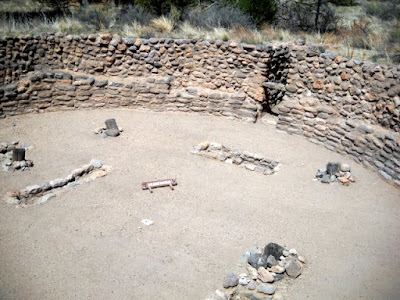
When I walked further and turned around, I saw the same tree with the Sangre de Cristo Mountains in the background.

Deer often feed near our trailer. These two young bucks seem to live on this ridge.

This Bullock's Oriole has been feeding behind our trailer this week.

We have had a busy week in our work camping position. I operate the camp store, or Snack Shack as we are calling it this year. The store had to be cleaned and we went to Pueblo (40 some miles north) to buy inventory. Karen, office manager at the park took us with here to select the merchandise.
Yesterday John cleaned fire pits in the campground, preparing for the Memorial Day weekend. The campground will be full all weekend. I opened the Snack Shack for a few hours.
Sunday afternoon we will drive to Denver to spend the night with our son Eric, and his family.. Then Monday morning (4AM) we drive to the airport for our flight to New Hampshire. We will be there for two weeks. Our older son, Doug, is having colon cancer surgery Wednesday. We will be there to support him and his wife, Sherry, and we will help care for our two granddaughters, Rachal and Samantha.














































